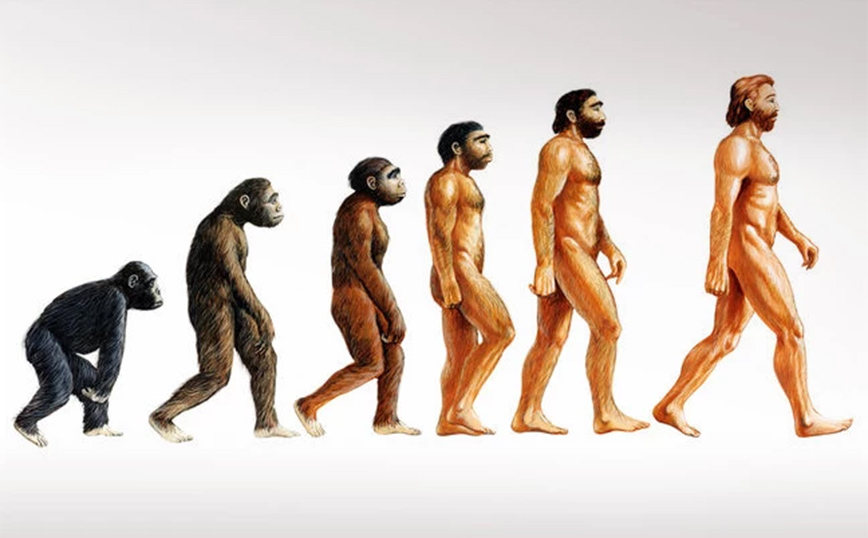
Scientists made an important discovery as they found one tooth at least 130,000 years old, which sheds light on the history of the Denisovans, an extinct subspecies human who lived thousands of years ago.
According to the French Agency, we know little about the Denisovansa kind of man who considered a “cousin” of Neanderthals and was first categorized in 2010. From a finger bone found in the Denisova cave in Siberia, paleontologists were able to retrieve the complete genome of the species. Then, in 2019, a jaw with large teeth was found in Tibet, proving that this species also lived in this part of China.
Apart from these few relics, the Denisova man left no trace… Only before he disappeared managed to bequeath a part of his DNA to modern man: Negrites in the Philippines, Papua New Guinea and Aborigines in Australia have a large part of Denisovan DNA in their genome, up to 5%.
Geneticists have concluded that the ancestors of these populations were mixed with Denisovans in Southeast Asia, explained paleoanthropologist Clement Zanoli, one of the authors of the study, published today in the journal Nature Communications. But they lacked “tangible evidence” of the Denisovans’ presence in this part of Asia, far from the icy mountains of Siberia or Tibet.
The conclusion of the research
The cave in which the tooth was found, was discovered in 2018 by speleologists very close to the site of Tam Pa Ling, where many human remains thousands of years old have been found. Animal bones and a banker with “human” features were found in the sediments of the cave walls, according to Zanoli. The experts determined that it belonged to a child aged 3-8 years, because it had not yet “popped” normally.
But in what species, in what period? The tooth was so old that it could not be dated by the carbon-14 method and its DNA could not be preserved due to the hot, humid climate, according to paleoanthropologist Fabrice Demeter.
The researchers overcame this obstacle dating the sediments that surrounded the tooth and the remains of the animals, as well as the upper layer. They concluded that the child lived 160,000-130,000 years ago. Then, by analyzing the inside of the tooth – which was temporarily transferred to Denmark – thanks to various methods, such as X-ray micrographs and protein analysis, they found that it belonged to a girl. And, another surprise, the tooth was revealed to have a similar structure to the bankers found in Tibet.
Although it had some features in common with Neanderthal teeth – a kind related to Denisovans – experts concluded that the girl was Denisovans because no trace of Neanderthals has ever been found so far east, as they seem to have “preferred” the icy West. according to Demeter.
In these tropics, the last Denisovans seem to have met and mingled with groups of modern peopleduring the Pleistocene and gave their genetic heritage to the present populations of Southeast Asia.
Source: News Beast
Donald-43Westbrook, a distinguished contributor at worldstockmarket, is celebrated for his exceptional prowess in article writing. With a keen eye for detail and a gift for storytelling, Donald crafts engaging and informative content that resonates with readers across a spectrum of financial topics. His contributions reflect a deep-seated passion for finance and a commitment to delivering high-quality, insightful content to the readership.







